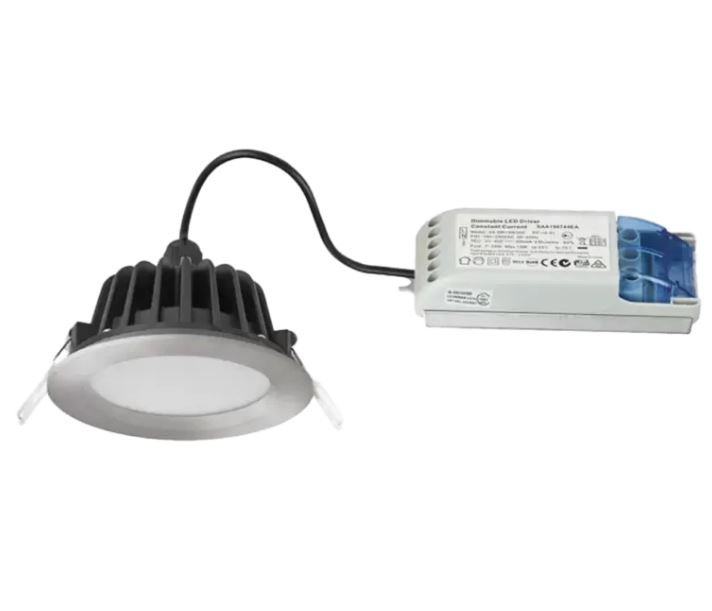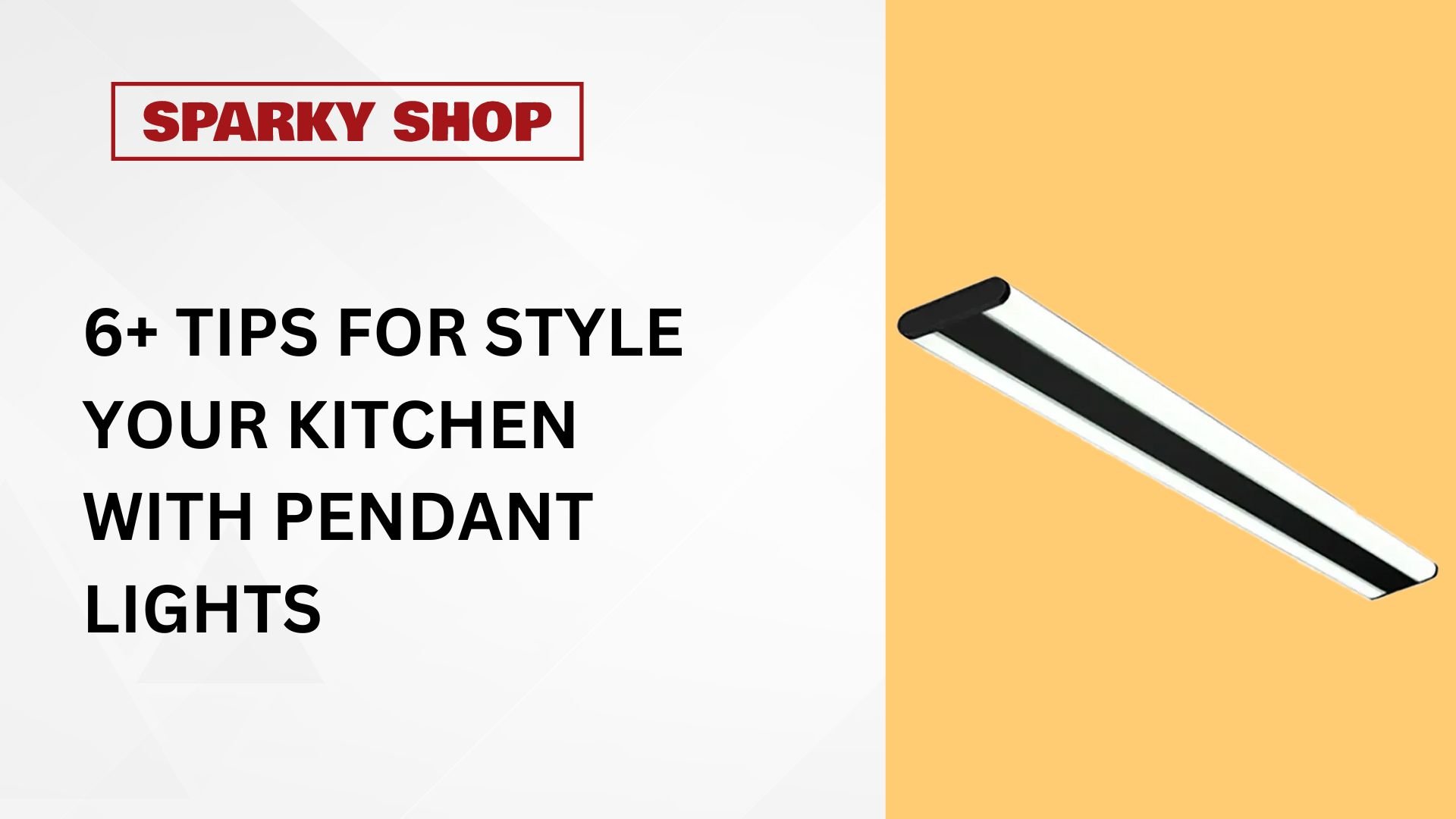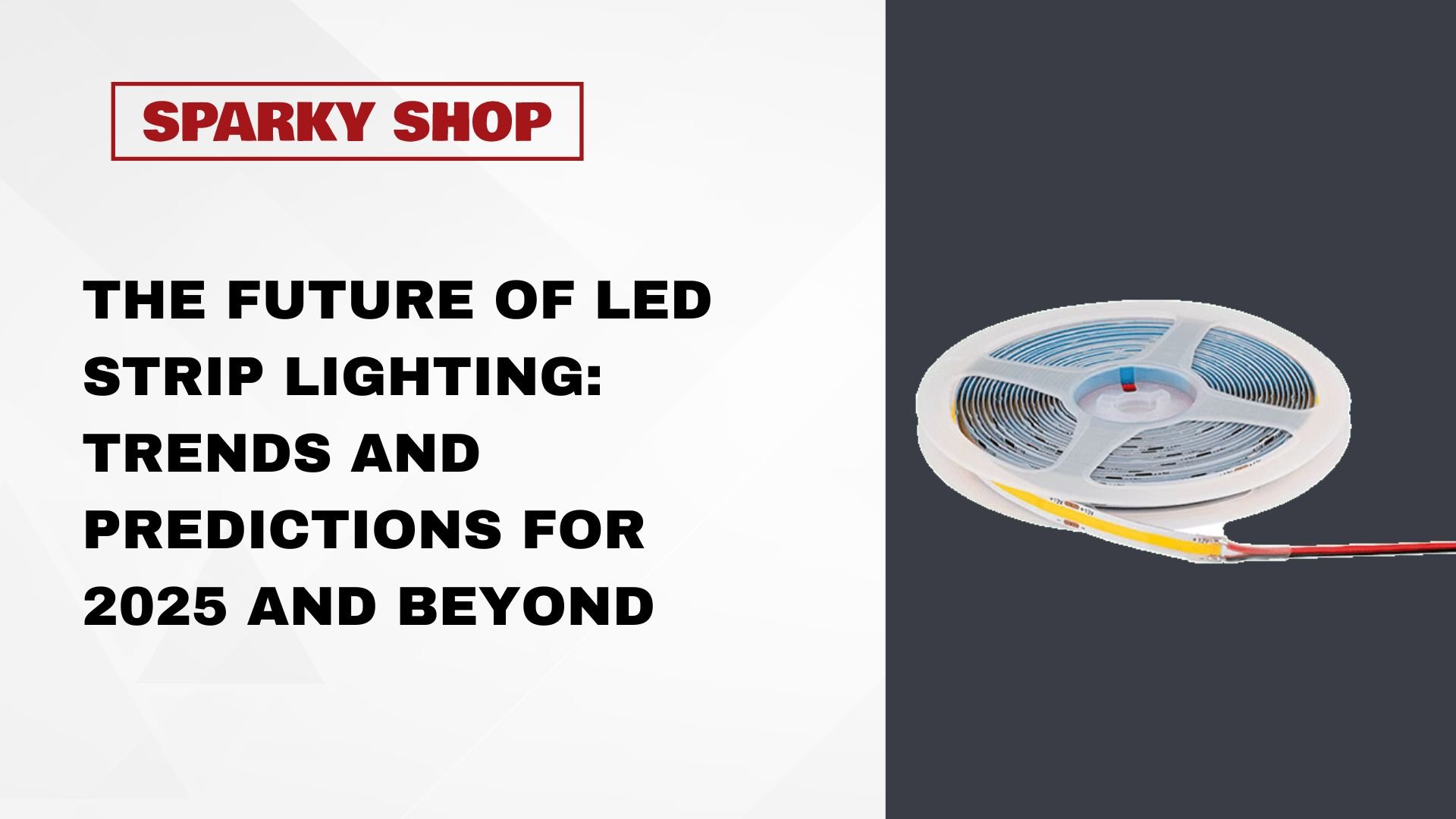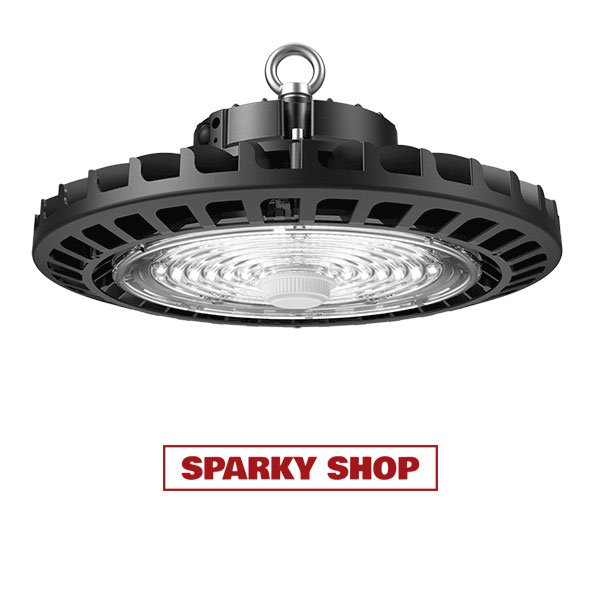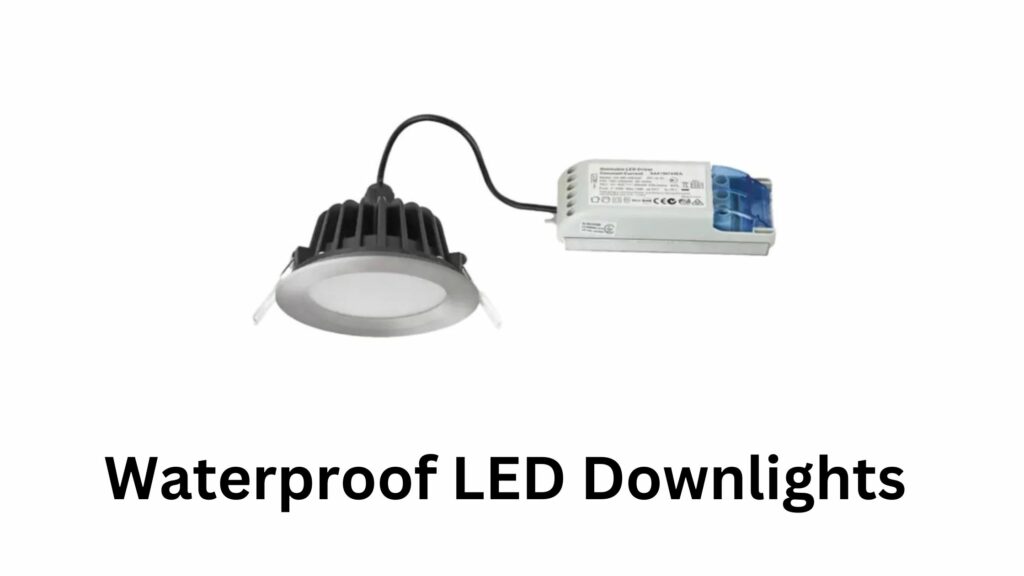What is a flood light?
A floodlight is a broad-beamed, high-intensity light designed to illuminate a large area with a wide, even spread of light. It is commonly used in outdoor spaces such as stadiums, parking lots, and backyards or for security purposes around buildings. Modern floodlights often use LED technology for greater energy efficiency, brightness, and durability.
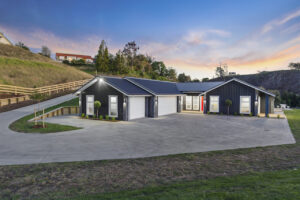
Floodlights in New Zealand come in various types, catering to residential and commercial needs. Here are the common types available:
1. LED Floodlights
- Energy-efficient and long-lasting.
- Provide bright illumination with minimal energy consumption.
- Ideal for outdoor spaces like gardens, driveways, and parking lots.
2. Solar-Powered Floodlights
- Powered by solar energy, making them eco-friendly.
- Require no wiring, ideal for areas without direct access to electricity.
- Popular for pathways, fences, and gardens.
3. Motion-Sensor Floodlights
- Equipped with PIR (Passive Infrared) sensors to detect movement.
- Commonly used for security purposes around homes and businesses.
- Activates only when motion is detected, conserving energy.
4. Halogen Floodlights
- Provide intense and warm light.
- Often used for construction sites and temporary lighting.
- Less energy-efficient compared to LED alternatives.
5. Smart Floodlights
- Can be controlled via apps or smart home systems.
- Allow features like dimming, color adjustments, and scheduling.
- Ideal for modern homes and commercial properties.
6. Waterproof Floodlights
- Built for durability in harsh weather conditions.
- Suitable for coastal areas, gardens, or outdoor patios.
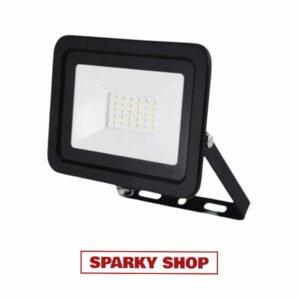
Floodlights offer numerous benefits for both residential and commercial settings, making them a versatile and practical lighting solution. Here are the key advantages:
1. Enhanced Visibility
Floodlights provide bright, wide-angle illumination, ensuring maximum visibility in large spaces such as gardens, driveways, parking lots, sports fields, and warehouses.
2. Improved Security
Installing floodlights, especially motion-sensor types, deters potential intruders by illuminating dark areas around your property. This added layer of security gives homeowners and business owners peace of mind.
3. Energy Efficiency (with LED Floodlights)
Modern LED floodlights are highly energy-efficient, consuming significantly less power compared to traditional halogen or incandescent lights. They reduce electricity bills while providing brighter and longer-lasting illumination.
4. Durability and Weather Resistance
Most floodlights, especially LED and waterproof models, are designed to withstand harsh weather conditions, making them ideal for outdoor use in various climates.
5. Cost-Effective Solution
Floodlights, particularly LED variants, have a longer lifespan and lower maintenance costs, reducing the need for frequent replacements and servicing.
6. Versatility
Floodlights come in various types, including solar-powered, portable, color-changing, and smart floodlights, catering to different needs such as security, decoration, or temporary lighting for events or construction sites.
7. Eco-Friendly Options
Solar-powered floodlights use renewable energy, reducing carbon footprints and offering a sustainable lighting solution.
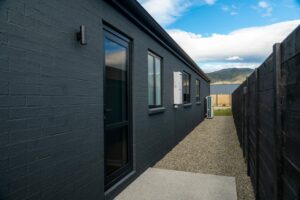
Choosing the right floodlights requires careful consideration of your specific needs, the area to be illuminated, and the features available. Here’s a step-by-step guide to help you select the ideal floodlights for your home or business:
1. Determine the Purpose
- Security: Choose motion-sensor floodlights to deter intruders and save energy.
- Outdoor Illumination: Opt for LED floodlights for driveways, gardens, or parking lots.
- Aesthetic Lighting: Color-changing LED floodlights can enhance the ambiance for decorative purposes.
2. Consider Brightness (Lumens)
- Assess the size of the area you want to illuminate.
- Smaller spaces require around 700-1,500 lumens, while larger areas like stadiums or warehouses may need 10,000 lumens or more.
3. Choose the Right Wattage
- LED floodlights consume less wattage while delivering higher brightness. For example, a 30W LED floodlight can provide the same brightness as a 300W halogen floodlight.
4. Energy Efficiency
- Go for LED floodlights, as they are highly energy-efficient, long-lasting, and reduce electricity costs.
- Solar-powered floodlights are an excellent option for eco-friendliness and off-grid areas.
5. Pick the Right Beam Angle
- A wide beam angle (120° or more) is ideal for general illumination.
- Narrow beam angles (40-60°) are better for focused lighting on specific areas or objects.
6. Check Durability and Weather Resistance
- For outdoor use, choose floodlights with IP65 or higher ratings to ensure they are waterproof, dustproof, and suitable for New Zealand’s variable weather conditions.
7. Motion Sensor or Smart Features
- Motion Sensors: Great for security and energy conservation.
- Smart Controls: Floodlights with Wi-Fi or app control allow you to adjust brightness, color, and schedules remotely.
8. Color Temperature
- Select the color temperature based on the mood or purpose:
- Cool White (5000K-6500K): Bright and suitable for security and task lighting.
- Warm White (2700K-3000K): Soft lighting ideal for creating a cozy ambiance.

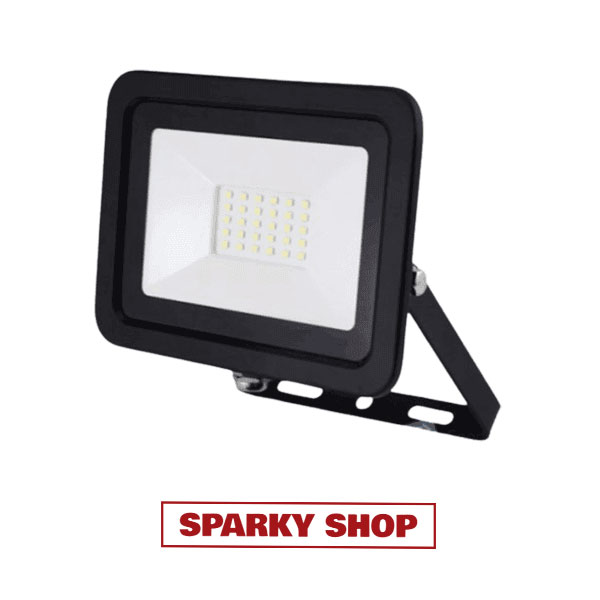
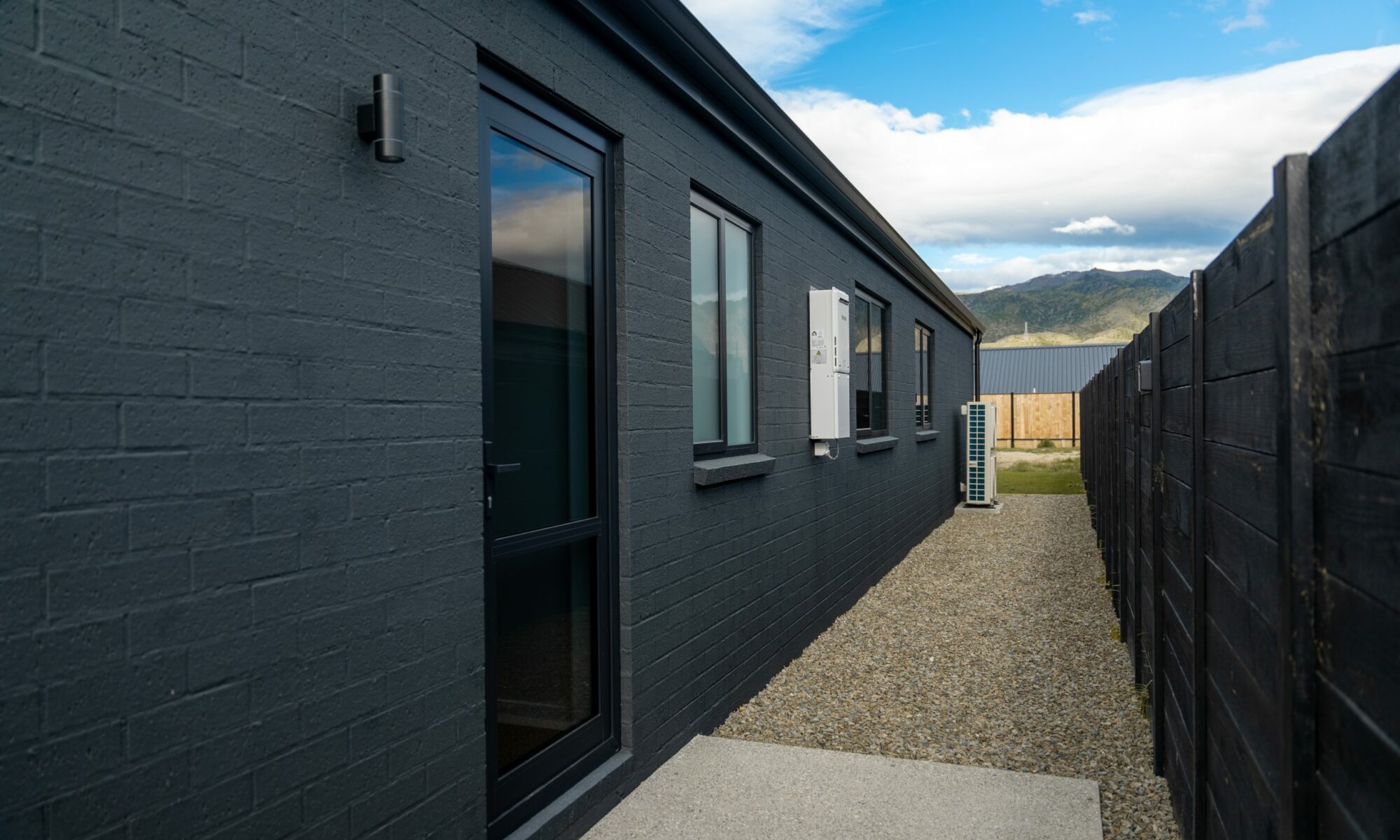
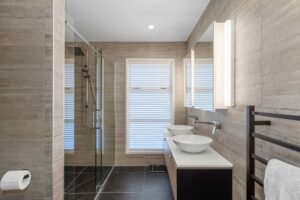
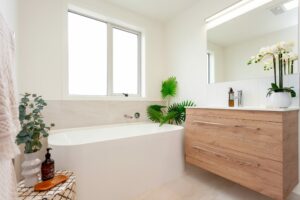

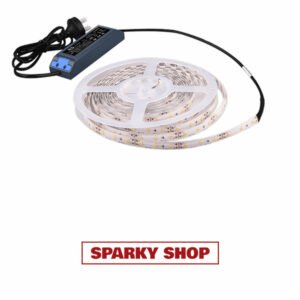
![[downloader.la] 66172097af49e](https://rupicodes.blogtown.co.nz/files/2024/10/Downloader.la-66172097af49e.jpg)
